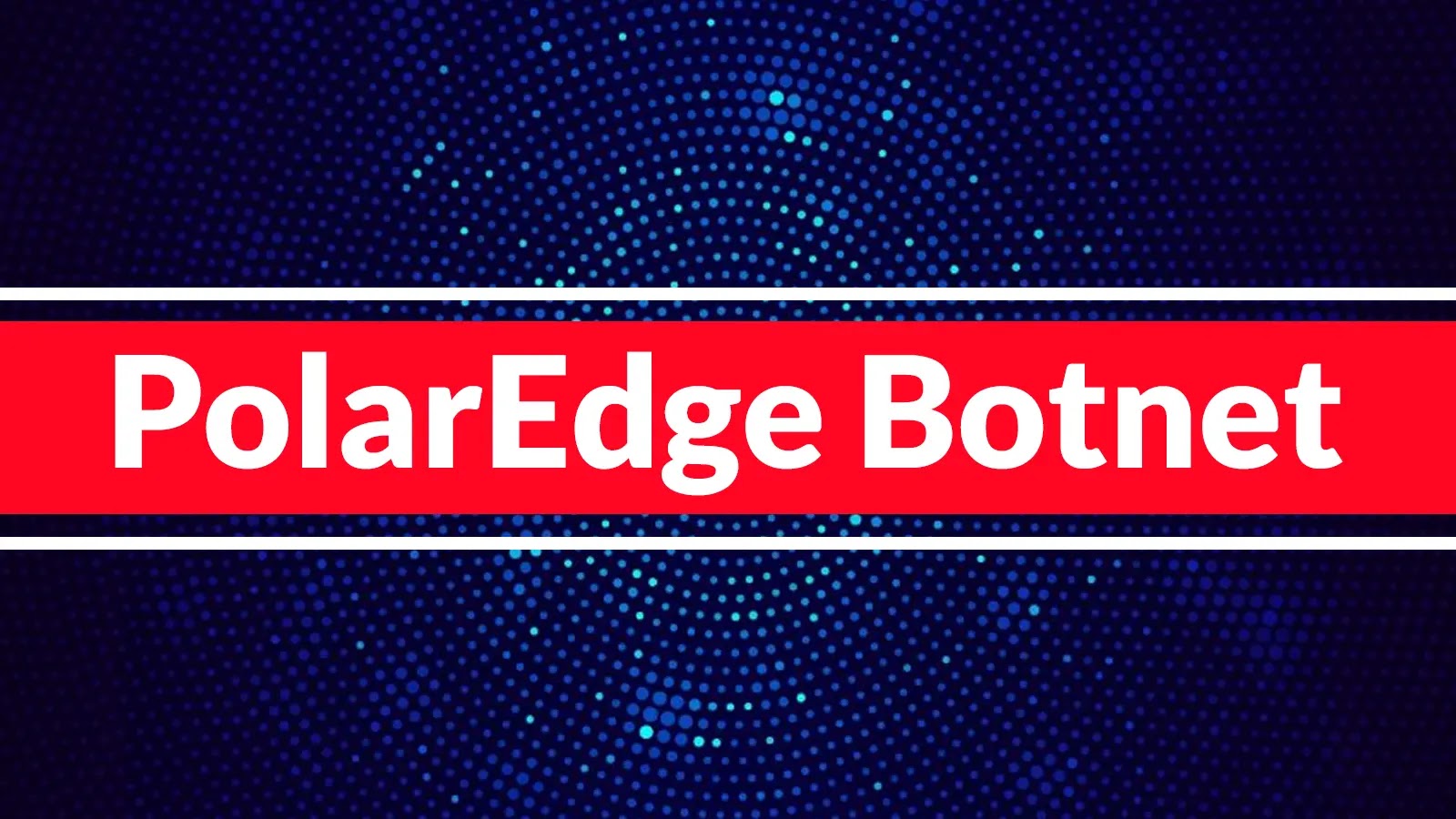
PolarEdge Botnet Infected 25,000+ Devices and 140 C2 Servers Exploiting IoT Vulnerabilities
The digital landscape is under constant siege, with new threats emerging to exploit the ever-expanding attack surface. One such insidious campaign, the PolarEdge botnet, has recently come to light, demonstrating the severe risks posed by compromised Internet of Things (IoT) devices. This sophisticated botnet has already ensnared over 25,000 devices across 40 countries, establishing a formidable network of 140 command-and-control (C2) servers. Its primary objective? To offer an “infrastructure-as-a-service” model for advanced persistent threat (APT) actors, fundamentally altering the economics of cybercrime.
Understanding the PolarEdge Botnet’s Modus Operandi
First disclosed in February 2025, the PolarEdge botnet is not just another distributed denial-of-service (DDoS) weapon. It represents a more advanced form of cybercriminal infrastructure. By exploiting vulnerabilities in IoT and edge devices, PolarEdge constructs an Operational Relay Box (ORB) network. This network acts as a crucial intermediary, masking the true origin of malicious traffic and providing anonymity for threat actors. This infrastructure-as-a-service model significantly lowers the bar for sophisticated cyberattacks, enabling a wider range of malicious campaigns, from data exfiltration to ransomware deployment.
The Pervasive Threat of IoT Vulnerabilities
The success of the PolarEdge botnet underscores a critical weakness in our interconnected world: the inherent vulnerabilities of many IoT devices. Often deployed with default credentials, unpatched firmware, or insecure configurations, these devices present an attractive target for adversaries. Smart home devices, industrial sensors, network cameras, and even agricultural equipment can become unwitting participants in a botnet. The sheer volume and diversity of these devices make comprehensive security a daunting challenge, and each compromised device becomes a potential entry point or a node in a larger malicious network.
Geographical Reach and Impact
The global footprint of the PolarEdge botnet, spanning over 40 countries, highlights the borderless nature of cyber threats. This widespread compromise enables threat actors to launch attacks from geographically dispersed locations, complicating attribution and defensive efforts. The establishment of 140 C2 servers further enhances the botnet’s resilience and reach, making it harder to dismantle and more adaptable to countermeasures. Each C2 server acts as a central hub, orchestrating attacks and managing the vast network of compromised devices.
Remediation Actions for IoT Security
Mitigating the threat posed by botnets like PolarEdge requires a multi-faceted approach, focusing on proactive defense and incident response. Organizations and individuals alike must prioritize the security of their IoT and edge devices.
- Regular Firmware Updates: Always ensure that IoT devices are running the latest firmware versions. Manufacturers frequently release patches for known vulnerabilities.
- Strong, Unique Passwords: Change default credentials immediately upon device setup. Implement strong, unique passwords for all IoT devices.
- Network Segmentation: Isolate IoT devices on a separate network segment or VLAN (Virtual Local Area Network) to prevent them from directly interacting with critical internal systems.
- Disable Unnecessary Services: Turn off any services or ports on IoT devices that are not essential for their functionality.
- Implement Network Monitoring: Deploy intrusion detection/prevention systems (IDS/IPS) and network monitoring tools to detect unusual traffic patterns originating from or destined for IoT devices.
- Supply Chain Security: When procuring new IoT devices, prioritize vendors with a strong security reputation and transparent security practices.
- Patch Management: Establish a robust patch management program for all connected devices, including IoT.
Relevant Tools for Detection and Mitigation
Leveraging appropriate tools is crucial for identifying and addressing IoT vulnerabilities and botnet activities.
| Tool Name | Purpose | Link |
|---|---|---|
| Nessus | Vulnerability Scanning, including IoT | https://www.tenable.com/products/nessus |
| Shodan | Internet-connected device search engine, identifying exposed IoT | https://www.shodan.io/ |
| Wireshark | Network Protocol Analyzer for traffic inspection | https://www.wireshark.org/ |
| Snort/Suricata | Network Intrusion Detection/Prevention Systems | https://www.snort.org/ / https://suricata-ids.org/ |
| IoT Inspector | IoT device security and privacy analysis | https://iotinspector.org/ |
Looking Ahead: The Evolving Threat Landscape
The PolarEdge botnet serves as a stark reminder of the escalating sophistication of cybercriminal operations. Its ability to create a resilient, distributed infrastructure-as-a-service model for APTs signifies a concerning trend. As more devices become connected, the attack surface will continue to grow, making robust IoT security practices more critical than ever. Vigilance, proactive defense, and continuous adaptation are essential to staying ahead of these evolving threats.





